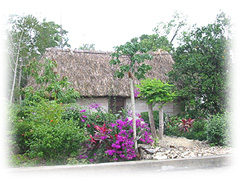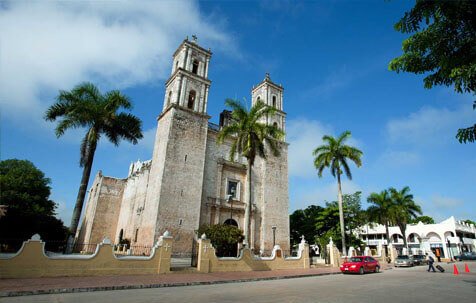MEET THE MODERN MAYA
This section has been created in an effort to introduce you to the modern Maya. We have compiled a number of interviews plus materials contributed to us from Ilvia Larragan Osceolafrom the University of Florida.
Of course the Mayan region is much larger than the area in which we conducted our interviews. The culture is geographically influenced, but it has been our experience that Mayan culture differs from village to village so any interview process will only identify cultural traits for the close proximity of the interviewee.
We have been told there are a couple thousand Mayan dialects, many still spoken today. Fashion styles can change dramatically between two villages located next to each other. Entire villages are routinely ordered to move and relocated, sometimes hundreds of miles away.
 By in large, many of the villages and small cities located in the Yucatan Peninsula are extremely progressive cultures. In no way could you consider the Peninsula Maya as “third world”. In some areas the traditional palm used to create thatched roofs is becoming protected under law. It is said this is so because of over harvesting of the tree. This is why you see more tin roofs now in the countryside. It is not because the Maya prefer the tin roof in hot climatic zones but because tourist facilities along the Riviera have over exploited this resource and even driven the price up making it out of reach for many families to use.
By in large, many of the villages and small cities located in the Yucatan Peninsula are extremely progressive cultures. In no way could you consider the Peninsula Maya as “third world”. In some areas the traditional palm used to create thatched roofs is becoming protected under law. It is said this is so because of over harvesting of the tree. This is why you see more tin roofs now in the countryside. It is not because the Maya prefer the tin roof in hot climatic zones but because tourist facilities along the Riviera have over exploited this resource and even driven the price up making it out of reach for many families to use.
In the rain forests of Mexico the Maya do prefer tin because it lasts longer. Many families live in houses similar in nature with the traditional Mayan style but built with block and mortar with Spanish and Mexican styles assimilated into the architecture.
Food specialties change from village to village; economic prosperity, size and a host of other influences mold each village’s culture.






